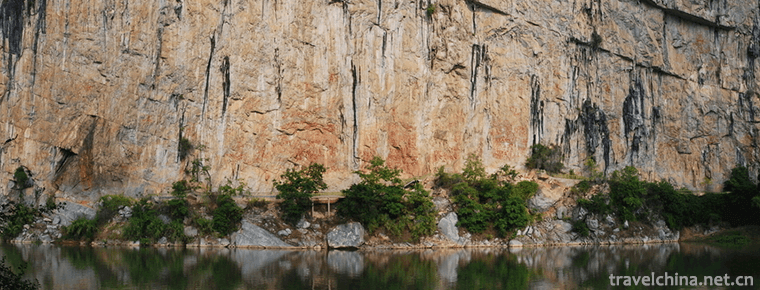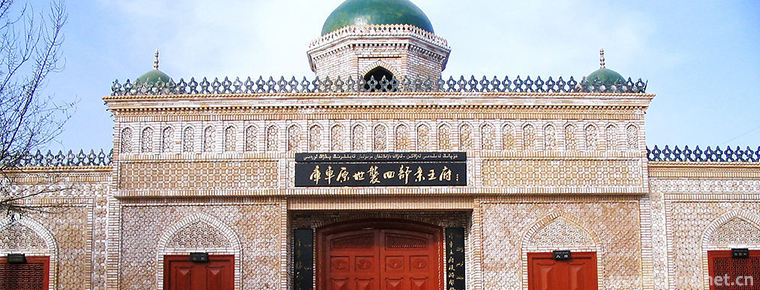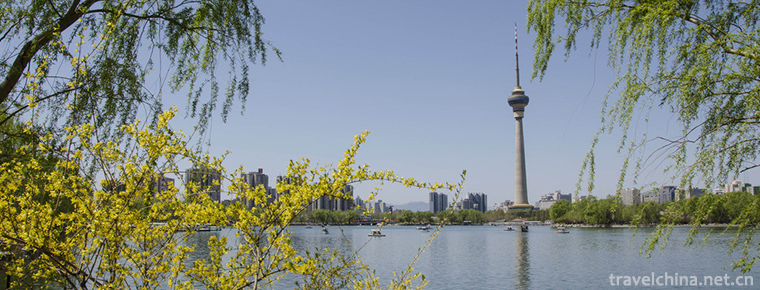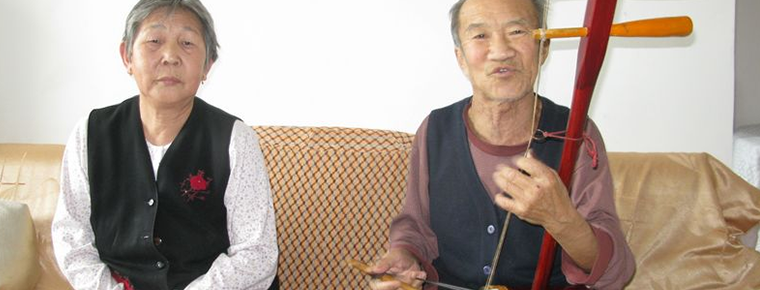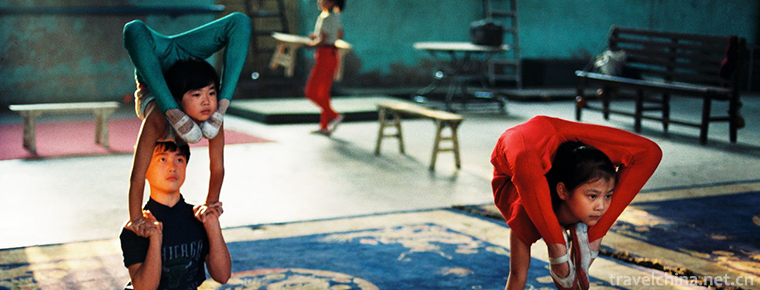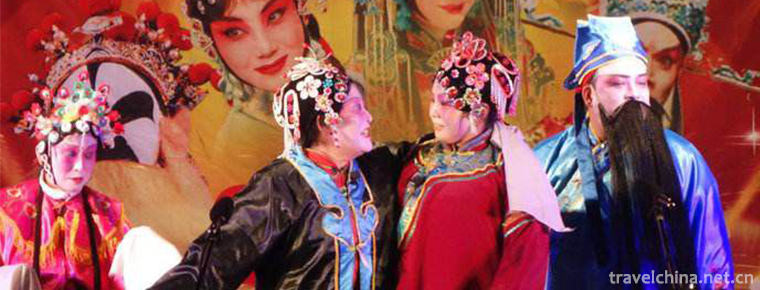Ancient Platform Building Skills
Ancient Platform Building Skills
Architectural skill of ancient stage is an important traditional skill in folk architecture. In the traditional techniques of ancient stage construction, sawyers, big woodworkers, small woodworkers, carvers (mainly wood carvings, but also brick carvings, stone carvings), masonry, lacquer workers, painters and so on work together to complete the production of a stage. The stage adopts the classical archway style to carve, gold and color, and adopts the mixed structure of piercing bucket and lifting beam with purlin and piercing fang, which makes the stage "exquisite and complex in architecture, luxurious and gorgeous in decoration". The stage is composed of three parts: the broad base at the lower part, the wall-column structure in the middle part and the lofty roof at the upper part, forming the elevation image of the hall; the main parts and components of the stage are oil beams, lion's cocktail, eight-character cocktail, moon's cocktail, dougong, sparrow's substitution, lion's support, hanging pole, hanging basket, screen and lattice window. In the process of building the ancient stage, its sculpture is the most critical and has its own characteristics: first, it has a complete variety of sculptures, including relief, flat carving, Yin carving and carving, rarely twice polished, with clear and powerful knife marks and intimate texture; second, it highlights relief, especially oil beams and lion louvers, with a depth of 2-3 inches, so that the public can see and look up to them with a strong three-dimensional sense and vivid inside the sculpture; Rich in content, with opera characters as the main, flower and bird scenery as the supplement. Up to now, there are more than 400 ancient stage performances in Leping since Ming and Qing Dynasties, and more than 1000 performances of Gan Opera and other kinds of plays are still accepted every year, which shows the inheritance of the architectural skills of Leping ancient stage. In 2014, the ancient stage construction techniques were approved by the State Council and listed in the fourth batch of national intangible cultural heritage list.
historical origin
Leping, located in the northeast of Jiangxi Province, is located in the golden triangle of Nanchang, Jiujiang and Jingdezhen, known as the "hometown of Gan Opera", and is one of the birthplaces of Gan Opera. Since ancient times, the people of Wufu have been fierce and the style of writing has been flourishing. Especially in the southeastern township of Leping, there has been a constant struggle among the major surnames and a constant wind of comparison. With the continuous development of opera and the continuous upsurge of competition, ancient theatres have sprung up all over the city and countryside. From the Ming Dynasty to now, they have been flourishing forever. Leping is also known as the "Museum of Chinese Ancient Platform". (Wu Binghuang, Leping Ancient Platform Studies, Master's Thesis of Jiangxi Normal University, 2009)
As early as 40-50,000 years ago, there was a dawn of human civilization in Leping, and more than 20 sites of pre-Qin culture were found throughout the territory. After the Qin Dynasty, the development of Leping's farming economy has been in the forefront of the times. In the first year of the Eastern Han Dynasty (178), Guanghe County was named Leping because it was governed by the Le'an River in the South and Pingcun in the north. Since the Yuan Dynasty, Leping has become a popular opera. Zhao Shanqing, a native of Jiangxi Province, and Zhao Jiawan, a villager of Leping, are known as "Lantian Meiyu" and "Beautiful People Chasing Zhang Xiaoshan, Ma Zhiyuan" in eight Zaju operas, such as "Drunken Writing Manting Fang" and "Dade Dance of Lishan". With the opera repertoire, there will be a stage. After the Ming Dynasty, in some areas where the clan system was relatively developed, there were "joint clan temples" and a stage was built in the temples to revere ancestors and entertain gods and educate the people of the clan. Thus, a permanent stage constructed of bricks, wood and stone came into being with the rise of ancestral temples and temples.
First of all, Leping has abundant timber products necessary for the construction of stage, especially camphor resources "Jia Yu Taiyi". This kind of broad-leaved tree is hard in material, has good surface luster, beautiful texture and wear resistance after planing, and is mainly used for small woodwork. This good natural environment also provides favorable conditions for the emergence and development of Leping ancient stage architecture.
Secondly, because people like drama, the construction of stage plays has become a way of entertainment for them to pass down from generation to generation and entertain themselves. There is a slang saying in the Leping countryside: "If you don't see a play for three days, your stomach will flare up." Ten days without going to the theatre, no effort. If you don't go to the theatre for a month, you'll be angry to see everybody." It can be seen that the villagers'spiritual aspirations and addiction to drama are of the utmost importance. It is precisely because there are so many fans that more than 400 stage song, gong, drum, clang, making the local customs of Leping lasting new.
Third, Panhua Zong, the custom of fighting with arms promoted the development of Leping ancient stage. Leping countryside, for thousands of years, has always maintained the clan patriarchal tradition of living together in a village with the same surname. This tradition has been continuously emphasized and consolidated through genealogy and ancestral halls. The appearance of stage is also this traditional form of externalization. Leping people value and depend on clan consanguinity. The glory of clan is as small as the import of Tintin and as big as the promotional display. It can only be displayed to the outside world through the stage. It is inconceivable that there is no grand stage for grand ceremonies. Therefore, the rise of the ancient stage of Leping is backed by the powerful clan forces of Leping, and develops continuously through the clan-to-clan comparison.
At present, the recorded ancient stage of Leping was first seen in the Ming Dynasty, which originated from the development and influence of Yiyang Opera. The earliest stage in Leping is Zhaomutang stage in Yongshan village in Chongzhen period of late Ming Dynasty, which is an ancestral temple stage. In the late Ming and early Qing Dynasties, theatres were built in ancestral temples, which may be related to the rule system at that time. During the Jiajing period, after the promulgation of the holy decree of "Xu people all have joint ancestral temples", some clans living together have built ancestral temples and temples. As a part of the "temple appearance enhancement", the stage took the opportunity to enter the temples and temples and become an important place for the worship of gods or festival activities of a clan or a village. At this time, the overall height of the stage should not exceed the main hall of the ancestral temple, even the color and writing, which can only be enjoyed by the main hall of the ancestral temple, but the stage should not be matched, because at this time, "the combination of opera and ritual and music enlightenment also makes the relationship between opera and the sacrifice of the temple closer, so it is more difficult for the opera to obtain independent development space, and the stage depends on the status of the temple in a certain process." It's also more difficult to change. Thus, the builders of Leping took samples of the archway of the stage, selected the materials of beams and columns, and tried their best to carve, admiring the grandeur and exquisite workmanship of the stage.
By the time of Jiaqing and Daoguang in Qing Dynasty, the construction of Leping stage began to fission: the stage began to separate from the ancestral hall, and its spatial pattern was that the stage and the gate of the ancestral hall faced each other squarely, separated by an empty stadium. In this way, the stage is no longer attached to the ancestral temple, but independent of the ancestral temple, become the main building of the stage. The result of fission is that apart from the traditional stage-building in ancestral temples, there are a number of soul-attached double-sided tables and soul-attached, soul-away ten thousand-year tables. It is of great significance to break the regulations of ancient Chinese stage buildings sitting in the South and facing the main hall, realize the transition from entertaining gods to entertaining people, and make the rural stage truly become a public entertainment place. As a pioneer of modern stage, there are neither temples nor ancestral temples on the opposite side of the stage.
During the period of late Qing and Republic of China, although the society was turbulent, Leping stage was still under construction. However, at this time, there were not many Leping stage constructions, but not many innovations.
2 Products and Related Works
The main representatives of Leping ancient stage are: Zhaomutang stage in Yongshan village (in the reign of Chongzhen in Ming Dynasty), Caijia ancestral hall stage in Tianli (built in the eleventh year of Kangxi in Qing Dynasty and changed several times later), Wuguitang stage in Xiangjiazhuang (in the eighth year of Yongzheng in Qing Dynasty), Hongruyi family stage in Taqian village (in the reign of Yongzheng, now demolished), Dong family hall stage in Gutian village (in the first year of Qianlong), Shangbao. Dunlun Hall Platform (four years of Qianlong), Nine Ancestral Halls Platform of Ye Family in Henglu Village (twelve years of Qianlong), Dunben Hall Platform of Chexi Village (fifteen years of Qianlong), Four Ancestral Halls Platform of Ye Family in Henglu Village (twenty-six years of Qianlong), Nine Rooms Platform of Ye Family (presumed to be built in Qianlong), Grand Ancestral Platform of Ye Family (presumed to be built in Qianlong), Ergong Ancestral Hal Thirty-three years), the stage of Xuanyi Temple in Gancun (forty-three years of Qianlong) and the stage of Xiantian, Shixia, Yangou, Xu under Mengqiao, Liufang, Hanjia, Mule and other villages which have not been found in the construction age. Here, Chexi Dunben Hall stage is used as a typical demonstration. Because Chexi Dunbentang stage is entirely qualified to be regarded as Gurao and Huizhou, the representative of the stage architecture of "the dense mountains, the dangerous waters and the dangerous beaches", and also as the classic of the folk stage architecture of the Chinese nation in the eighteenth century.
3 process flow
1, site selection
Considering such factors as damp-proof, sunscreen, windproof, ventilation and evasion of evil, it is usually necessary to employ surveyors to inspect the topographic geomancy in order to achieve the goal of Liuhe quiet. Most of the ancestral halls and tables are situated in the north and South dynasties, facing the orthodox hall, and most of the Wannian tables are located in the square independently.
2. Start up
Choose the auspicious day, by the head of the Housing Unit and the chairman, the main ink in the sound of firecrackers to break the soil. In some places, Taoist painters were also invited to pray for smooth construction, peaceful villages, good weather and good harvest.
3. Cartography
According to the opinions of the villagers and the presiding officer, the principal carpenter is responsible for drawing and painting on the board, wall or underground, while modern use drawings. Maps: Front, side, sky, ground, shed and corner.
4. Material selection
Material selection is very important for the stage. For coniferous trees, such as fir and catalpa, which are tall and straight trunks, straight texture, uniform material and easy to process, they are mainly used in the stage timber frame. It is mainly used for small wood engineering, such as camphor, beech and so on.
5. Construction
According to the requirements of cartography, the craftsmen should perform their duties separately: big wood undertakes the construction of wooden frame, small wood undertakes the construction of doors and windows, stone undertakes the construction of platform, tile, ridge top, gable, carving of carving parts and components, and finally the production of paints, flying gold and hall paintings, murals.


-
Zhenjiang Sanshan Scenic Area
Zhenjiang Sanshan Scenic Area is located in the southwest of Jiangsu Province and on the South Bank of the lower reaches of the Yangtze River.
Views: 124 Time 2018-12-06 -
Mingsha Mountain Crescent Spring Scenic Area
Mingsha Mountain Crescent Spring Scenic Spot is located 5 kilometers south of Dunhuang City, Gansu Province. It covers an area of 312,000 square kilometers.
Views: 80 Time 2018-12-12 -
Chaibuxi Canyon Scenic Area
Chaibuxi Canyon Scenic Area is located in the eastern part of Wufeng Tujia Autonomous County, with Wulingyuan in the South and Qingjiang River in the north. Zhangjiajie belongs to Wuling Mountains..
Views: 216 Time 2019-01-04 -
Huashan pictographs
Huashan rock paintings are located in the Zuojiang River and its tributary Mingjiang River valley of Chongzuo City, Guangxi (covering Ningming County, Longzhou County, Jiangzhou District and Fusui Cou.
Views: 174 Time 2019-01-17 -
Kuqa Wangfu Scenic Area
Located in Kuqa County, Xinjiang, the "Kuqa Wangfu" was built by Emperor Qianlong of Qing Dynasty in 1759 by dispatching Han craftsmen from the mainland in order to commend the local Uygur l.
Views: 150 Time 2019-01-29 -
yuyuantan park
Yuyuantan Park, AAAA grade scenic spot, is located in Haidian District. East Gate is adjacent to Diaoyutai State Guest House; West to West Third Ring Road is separated from CCTV Tower; South Gate is n.
Views: 163 Time 2019-03-08 -
Eight treasures duck
Babao duck is a characteristic traditional dish in Suzhou, which belongs to Shanghai cuisine and Su cuisine. But it is best cooked by the old restaurant in Shanghai, Town God's Temple.
Views: 202 Time 2019-03-27 -
Daur Uqin
Daur Uqin, also known as "Wuchun", is a form of Daur folk art storytelling. It forms and prevails in Meilis Daur, Fulaerji, Fuyu and Longjiang counties of Qiqihar City, Heilongjiang Province.
Views: 154 Time 2019-04-22 -
Liaocheng acrobatics
Liaocheng acrobatics is a traditional folk acrobatics art in Shandong Province. Liaocheng is one of the birthplaces of Chinese acrobatics. In the late Neolithic period, Liaocheng was the main area whe.
Views: 147 Time 2019-05-13 -
Quzi Opera
Quzi Opera, the traditional drama of Dunhuang City, Baiyin City, Huating County and Xinjiang Production and Construction Corps in Gansu Province, is one of the national intangible cultural heritage..
Views: 122 Time 2019-06-11 -
Recommended routes for Chengdu Giant Panda Base
Recommended routes for Chengdu Giant Panda Base,Recommended route (1.5 hour tour).
Views: 181 Time 2020-12-13 -
Suining climate
Suining City is located in the Asian monsoon area, belonging to the subtropical humid monsoon climate in Sichuan Basin. It has a mild climate, abundant rainfall, four distinct seasons and a significant monsoon climate. The frost free period is long in winter and spring..
Views: 355 Time 2020-12-16



